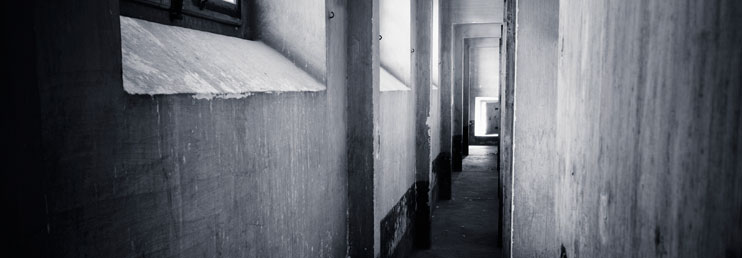This post was contributed by Oyedepo Olukotun, an MA History Of Art with Photography student in Birkbeck’s Department of History of Art.
“Flash photography startles (and) gives significance to that which might otherwise go completely unseen”, so began Prof. Kate Flint in her potted history of documentary flash photography. Prof. Flint, Provost Professor of English and Art History at the University of Southern California, gave her talk, Intrusive Light: Flash Photography and Documentary work, at the Friday 15 November 2013 installment of the “Birkbeck forum for 19th-century studies and Birkbeck History and Theory of Photography Research Centre” series, chaired by Prof. Lynda Nead.
Riis versus Beals: The Man Ray and Lee Miller of Documentary Flash Photography?
To start our foray through history, Prof. Flint introduced us to the photographs of Jessie Tarbox Beals, a contemporary of Jacob Riis at the advent of the 20th century. In spite of being, what Prof. Flint describes as a “huge self-promoter” and “daredevil”, Beals is overshadowed by Riis in the history of photography, even though the two worked together as part of the “early American documentary movement”. We were told how Beals, a pioneering woman photographer, often had her work confused with Riis’s or even wrongly attributed to him. The image that occurred to me while listening to Prof. Flint was a parallel between the story of Riis/Beals and Man Ray/Lee Miller.
Lange versus White: The Shock of the Flash
To draw parallels between the uses of flash and natural light, Prof. Flint presented a sympathetic and ethical Dorothea Lange, of 1930s Farm Security Administration fame, compared with an impetuous Margaret Bourke-White. Lange made a point of shooting her subjects outside so she did not have to use flash, not just for aesthetic reasons, but for ethical reasons also, as using flash to shoot indoors meant intruding on her subjects’ private spaces. In complete contrast to Lange, Bourke-White, further to using flash indiscriminately and without reverence, went on to mock her subjects in the captions she put on her photographs. The reaction to the use of flash by some of Bourke-White’s subjects, a band of Christian worshippers, was seen as akin to the shock of being visited by avenging angels!
Parks versus DeCarava: Black or light
As examples of African American documentary photographers, Prof. Flint contrasted the documentary flash photography of Gordon Parks with the anti-flash rhetoric of Roy DeCarava’s photographs. Juxtaposing Parks’ output with the profile of the short-lived 1930s “negro” news and picture magazine, Flash Prof. Flint showed us how flash photography played its part in the African American associated subject matters of being on the periphery, violent race relations and skin tone, or more appropriately, skin lightness.
Parks’ zeal for flash was contrasted, by Prof. Flint, with DeCarava’s “love” for natural light and its “near transcendental significance”. Claiming he “hates it (flash) with a passion”, DeCarava’s principle was to let black be black and dark be dark. On this expressive note Prof. Flint ended, appropriately concluding “the vocabulary of flash photography has been an emotionally loaded one throughout its history”.
The contents of Prof. Flint’s talk forms a part of her forthcoming book Flash! Photography, Writing, and Surprising Illumination.
